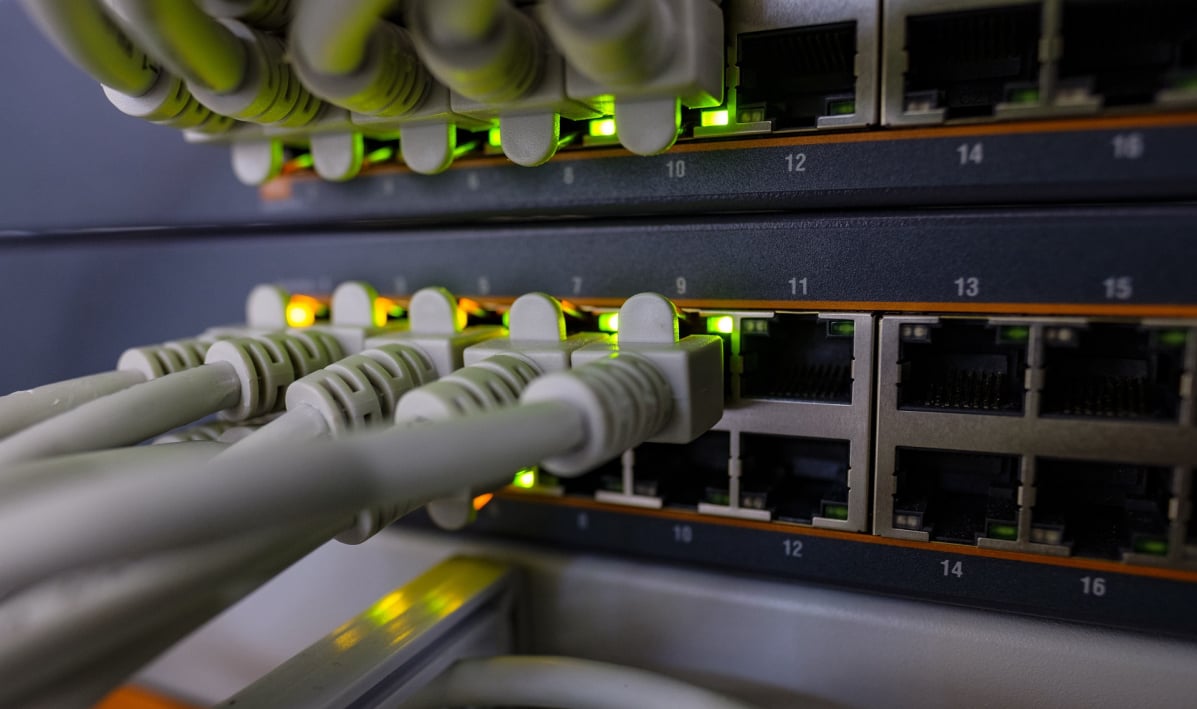
RED Fort
A flexible, multi-layered suite of IT security tools that can be fully or partially implemented to enhance protection, detection, and response across digital environments.

A flexible, multi-layered suite of IT security tools that can be fully or partially implemented to enhance protection, detection, and response across digital environments.
Our comprehensive solutions ensure real-time threat detection, proactive defense mechanisms, and seamless integration to safeguard your critical assets with unparalleled efficiency and reliability.
This foundational layer ensures the security of physical and virtual components that host and deliver IT services.
Key Components and Tools:
Firewall (NGFW)
Protects networks by filtering traffic and blocking unauthorized access.
Intrusion Detection and Prevention Systems (IDS/IPS)
Monitors traffic for suspicious activity and takes action to block potential threats.
Virtual Private Network (VPN)
Encrypts communication channels for secure remote access.
Extended Detection and Response (XDR)
Provides advanced threat detection, correlation, and response across endpoints, networks, and cloud environments.
Network Access Control (NAC)
Limits device access based on security policies.
DDoS Protection
Safeguards against distributed denial-of-service attacks by filtering malicious traffic.

This layer protects software and applications from threats like injection attacks, unauthorized data access, and API misuse.
Web Application Firewall (WAF)
Filters and monitors HTTP/HTTPS traffic to block common web exploits.
Secure Software Development Lifecycle (SDLC)
Integrates security practices throughout the software development process.
Static and Dynamic Application Security Testing (SAST/DAST)
Identifies vulnerabilities in source code and running applications.
API Gateway and Security
Controls and secures API traffic, preventing misuse and unauthorized access.
Authentication and Authorization (IAM)
Ensures only authorized users and systems access the application.

This layer protects sensitive data at rest, in transit, or use.
Encryption (at Rest and In Transit)
Secures data using cryptographic techniques.
Database Activity Monitoring (DAM)
Tracks and analyzes database access and activity.
Backup and Recovery Solutions
Protects against data loss through regular backups and ensures data can be restored.

Identity Management is a critical layer in a multi-layered security framework, ensuring that only authorized users and systems can access sensitive resources.
Key Components and Tools:
Identity and Access Management (IAM) Solutions
Implementing a robust IAM system centralizes authentication, authorization, and life cycle management, enforcing role-based access policies.
Multi-Factor Authentication (MFA)
MFA adds a security layer by requiring multiple verification factors, reducing credential compromise risk.
Single Sign-On (SSO)
SSO enhances user experience and security by allowing access to multiple systems with a single authentication process while reducing password fatigue and credential sprawl.
Privileged Access Management (PAM)
Controlling and monitoring privileged accounts limits exposure to critical systems, reducing the risk of insider threats and credential-based attacks.
Federated Identity and Zero Trust Principles
Federated identity and Zero Trust ensure continuous identity verification and risk-based access control.

We propose a structured 5-step methodology for protecting, monitoring, and defending your business with a robust cyber security framework.

Conduct a thorough analysis of the organization’s current IT infrastructure, security posture, and specific needs. Identify potential vulnerabilities, existing tools, and compliance requirements to ensure the solution aligns with business goals.

Develop a tailored architecture for the cyber security suite, integrating the firewall, IDS/IPS, WAF, DNS protection, XDR, Enhanced Alias, and Log Management. Define workflows, configurations, and key integration points to ensure interoperability and scalability.

Install and configure each tool according to the defined architecture. Customize rules and policies for the firewall, IDS/IPS, and WAF; set up DNS filtering; and configure the XDR for advanced threat detection and response. Ensure log management is operational for centralized data collection and analysis.

Perform comprehensive testing to validate the suite's functionality, performance, and integration. Simulate attacks to evaluate the effectiveness of the tools and refine configurations to optimize protection without impacting system performance.

Roll out the fully operational suite in the live environment. Establish real-time monitoring, regular updates, and automated incident response workflows. Provide training for staff and ensure ongoing support to adapt to evolving threats and business needs.
Please fill out this form to keep in touch with us and request more information about our services and solutions.